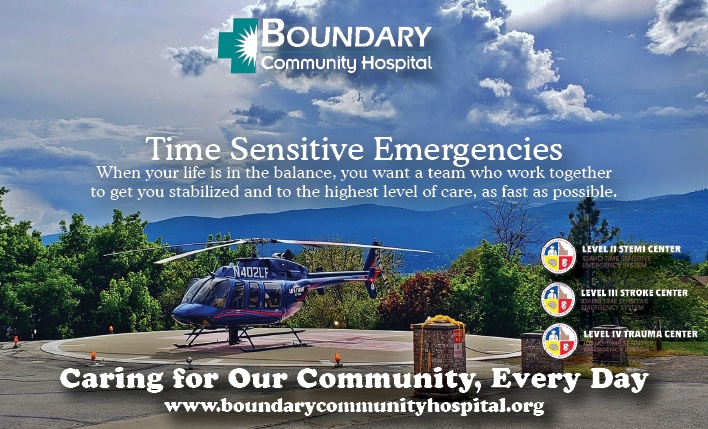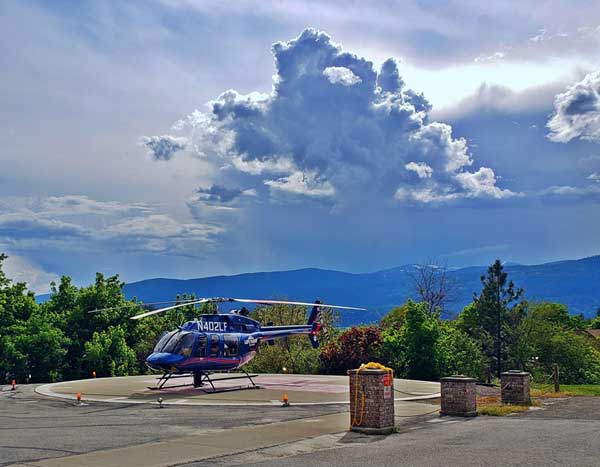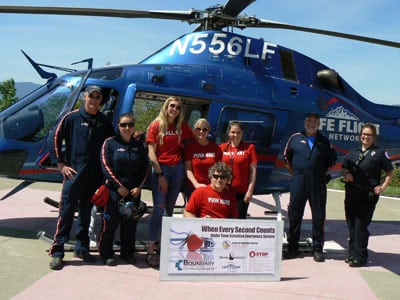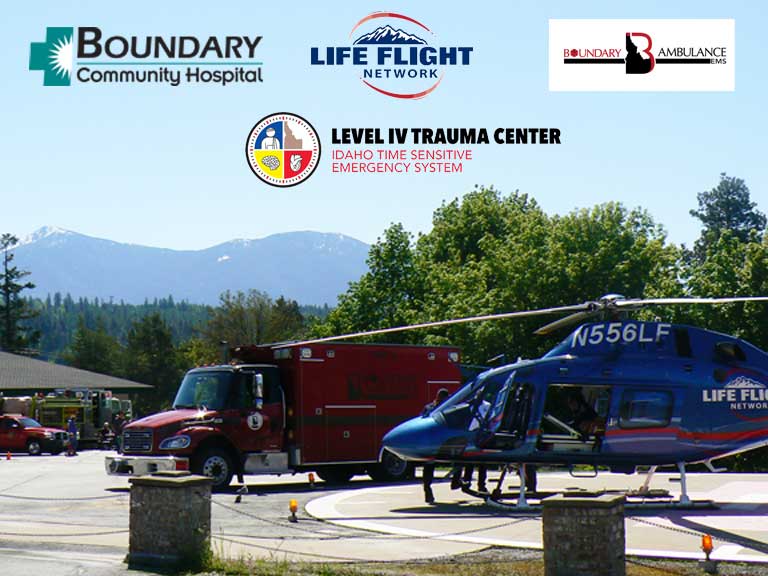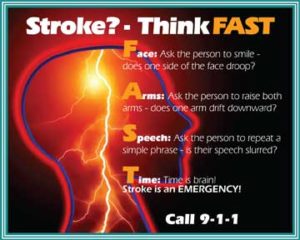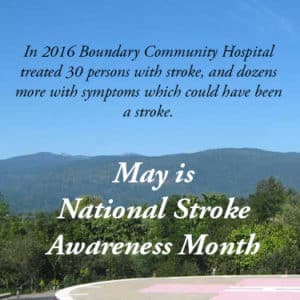Accidents Will Happen
Accidents Will Happen
By: Regina Gallette, RN
Emergency Department Manager
Boundary Community Hospital
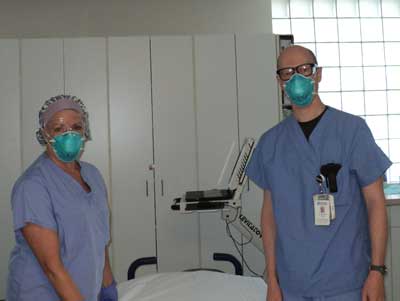 September 2020 – Whether it is the terrible sound of a vehicle crash, the bloody injury of a chain saw accident, or the ominous sound of someone falling down the stairs, serious injuries cause fear and anxiety on many fronts. The Emergency Medical Team in Boundary County, which includes Boundary Community Hospital (bch), Boundary Ambulance and Life Flight Network, work together to move patients quickly to where they can receive the treatment they need, improve communications among those caring for patients in a traumatic situation, and ultimately decrease patient deaths and improve patient recovery. This unified coordination of care has resulted in the team’s renewal of their designation as an Idaho Time Sensitive Emergency (TSE) Level IV Trauma Center in 2020.
September 2020 – Whether it is the terrible sound of a vehicle crash, the bloody injury of a chain saw accident, or the ominous sound of someone falling down the stairs, serious injuries cause fear and anxiety on many fronts. The Emergency Medical Team in Boundary County, which includes Boundary Community Hospital (bch), Boundary Ambulance and Life Flight Network, work together to move patients quickly to where they can receive the treatment they need, improve communications among those caring for patients in a traumatic situation, and ultimately decrease patient deaths and improve patient recovery. This unified coordination of care has resulted in the team’s renewal of their designation as an Idaho Time Sensitive Emergency (TSE) Level IV Trauma Center in 2020.
Worldwide there are 11 deaths every minute due to trauma – that’s 5.8 million fatalities a year, and over 1 million are the result of motor vehicle crashes. Wearing seatbelts, using helmets, not driving while under the influence of intoxicants, and not driving while distracted (texting, phone calls, etc.) are major preventive efforts that have already shown to have a dramatic positive impact. Trauma is the fourth leading cause of death in Idaho and the third leading cause in Boundary County.
In 2019, 70 TSE Trauma cases were handled through the BCH Emergency Department. Five seriously injured patients were treated and transported directly from BCH and four TSE Trauma patients were flown directly from the scene by a Life Flight Network medical transport helicopter. All of these cases have one thing in common: a team of dedicated individuals from various agencies working together to get their patients to the highest level of care as quickly as possible.
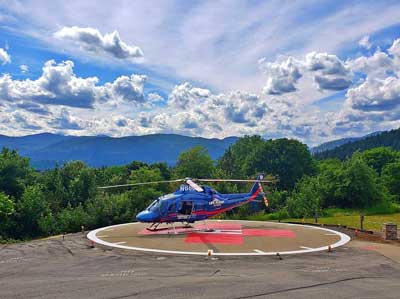 Hand in hand with the Idaho TSE designation system, BCH’s Process Improvement and Patient Safety (PIPS) Committee works to continuously improve patient outcomes. First, by carefully reviewing all TSE situations in the facility. Then by identifying areas that can be improved, whether it is an issue of equipment or a process that can be structured better, with the goal to ultimately improve the outcomes of each patient and improve the care provided to our community.
Hand in hand with the Idaho TSE designation system, BCH’s Process Improvement and Patient Safety (PIPS) Committee works to continuously improve patient outcomes. First, by carefully reviewing all TSE situations in the facility. Then by identifying areas that can be improved, whether it is an issue of equipment or a process that can be structured better, with the goal to ultimately improve the outcomes of each patient and improve the care provided to our community.
What can you do to help when an accident happens?
For the lay person encountering an injury case, remember the A-B-Cs: Airway, Breathing and Circulation. Ensure the airway is open, but don’t move the neck around as there could be a major neck fracture. Assist with breathing, if necessary. Control ongoing bleeding with direct pressure.
According to BCH Emergency Physician and Boundary Ambulance Service Medical Director, Stu Willis, MD, “As a rural community hospital, we have an obligation to provide services that improve survivability. However, we need the community to be aware of the signs and symptoms of time-sensitive emergencies so they can get help as fast as possible, whether it’s the paramedics with advanced life support training, the hospital emergency department staff, or Life Flight Network transporting a patient to a higher level of care facility such as a major trauma center.”
Boundary Community Hospital is proud to be an Idaho Time Sensitive Emergency Level IV Trauma Center since 2017. Our team will continue to strive to provide excellent care for our community. Together, we can save lives.
###

